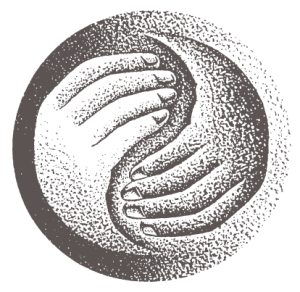Over recent weeks the use of gowns in Anatomy, Point Location and Structural Diagnosis classes has become a little sporadic. Can I please remind students to bring their gown to practical classes and use it. It is important we develop good patient handling skills together with ensuring we all feel comfortable during our practical classes.
Please do speak to any member of the teaching staff if you have any queries.
Thank you
Nicola
Below is an extract from the Etiquette for practical classes for your information.
It is important to start developing good habits when we are marking anatomy and points on each other. Much of this will be obvious to you and can never be overstated:
- To start, obtain verbal consent before you begin to palpate and continue to confirm this consent.
- Always have a gown. You need to bring your own gown for anatomy, point location and structural diagnosis sessions to cover your patient. There is no exception between men and women, everyone needs a gown. If you forget your gown you will be asked to purchase a gown from Reception (the current price is £3.50).
- We need to be aware that many people can feel very insecure or threatened by being unclothed; in class with classmates and when being treated in the clinic. It is important never to leave patients uncovered. By covering patients, we keep everyone safe; the patient, fellow classmates and teachers.
- Dress appropriately. Sleeves not too tight and loose comfortable clothes. Wear suitable underwear so that you are not embarrassed and do not embarrass anyone else.
- Be sensitive to the fact that you are showing each other your bodies. Some areas of the body do not require undressing i.e., the neck, however, this is a very sensitive area which requires careful and sensitive palpation. We need to be respectful and each of us has very different boundaries. When you are marking points assume that this person is a patient and behave as you would in the treatment room. Please do not impose your boundary or limit but try to get a sense of what is comfortable for the other person. If you start developing your sensitivity now, you will be much more successful as a practitioner when you are in the clinic.
- These considerations do not apply purely to anatomy, point location, CMS clinical skills and structural diagnosis. As you progress through the course you will practice moxa, cupping, needling and gua sha. All these practical skills may require you to work on different parts of the body. These etiquette guidelines will apply to these activities.
